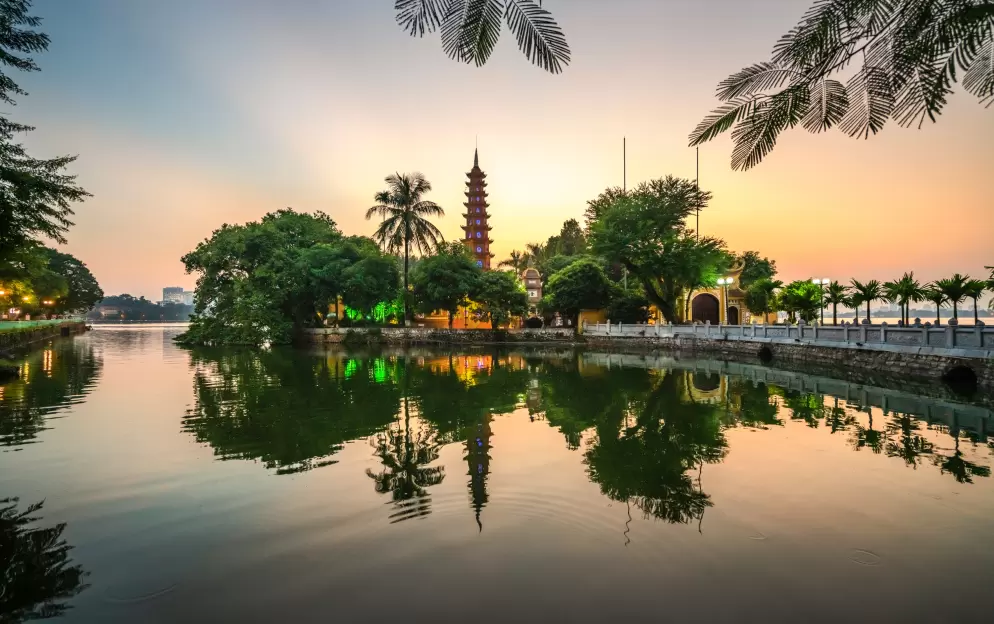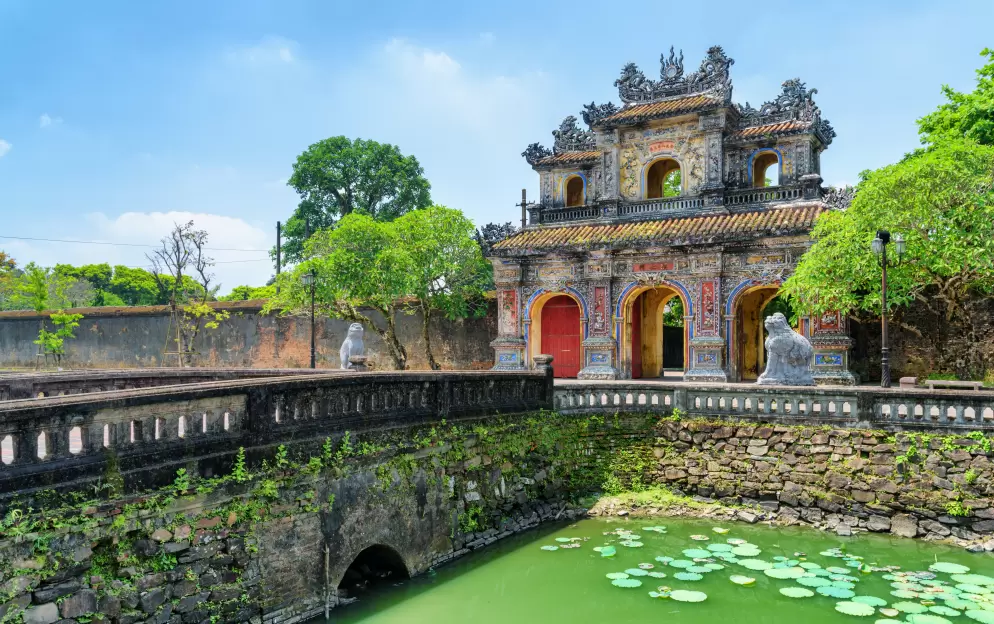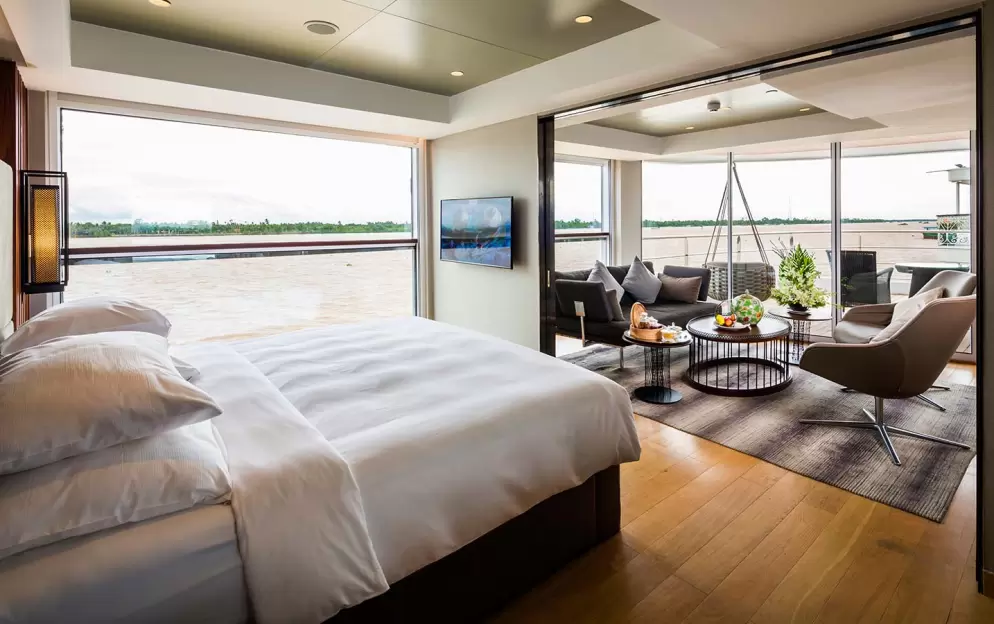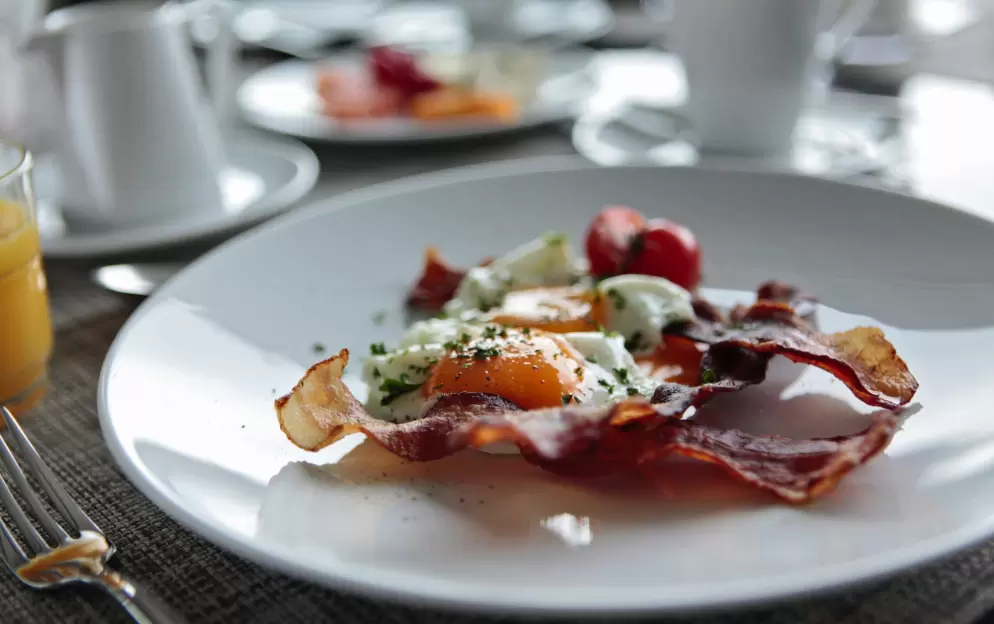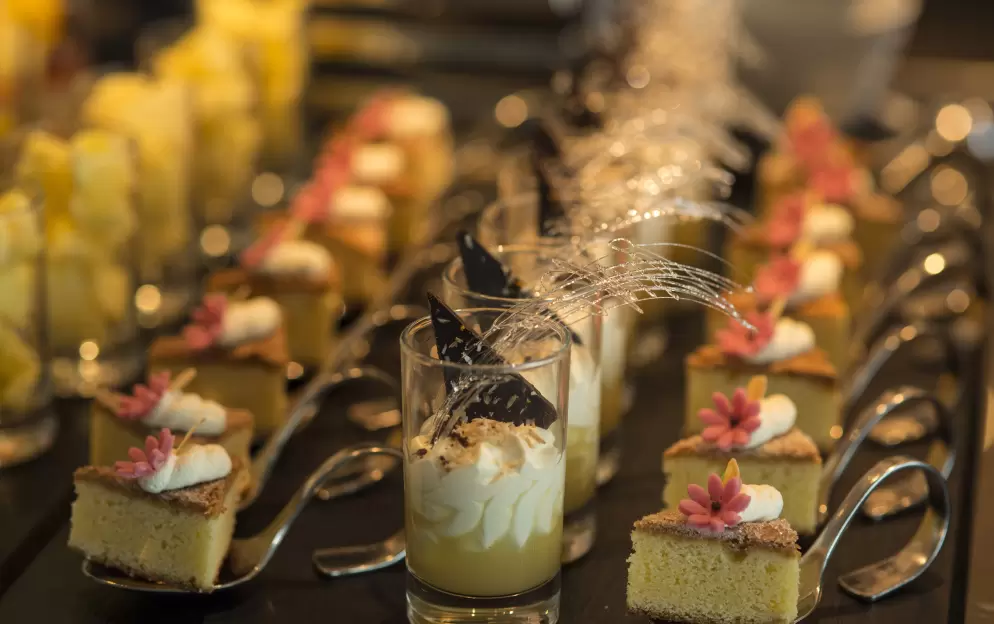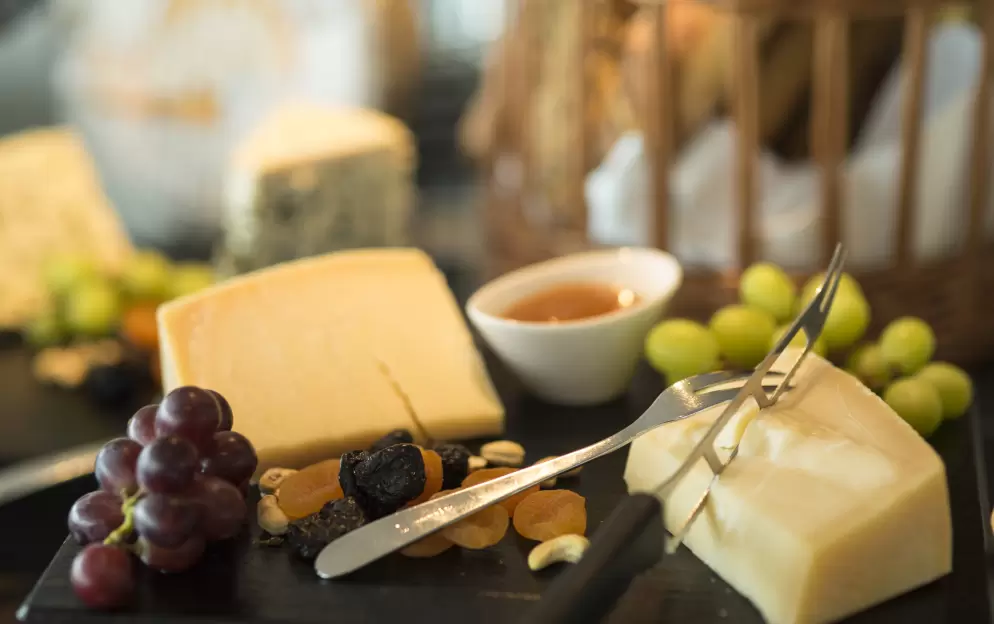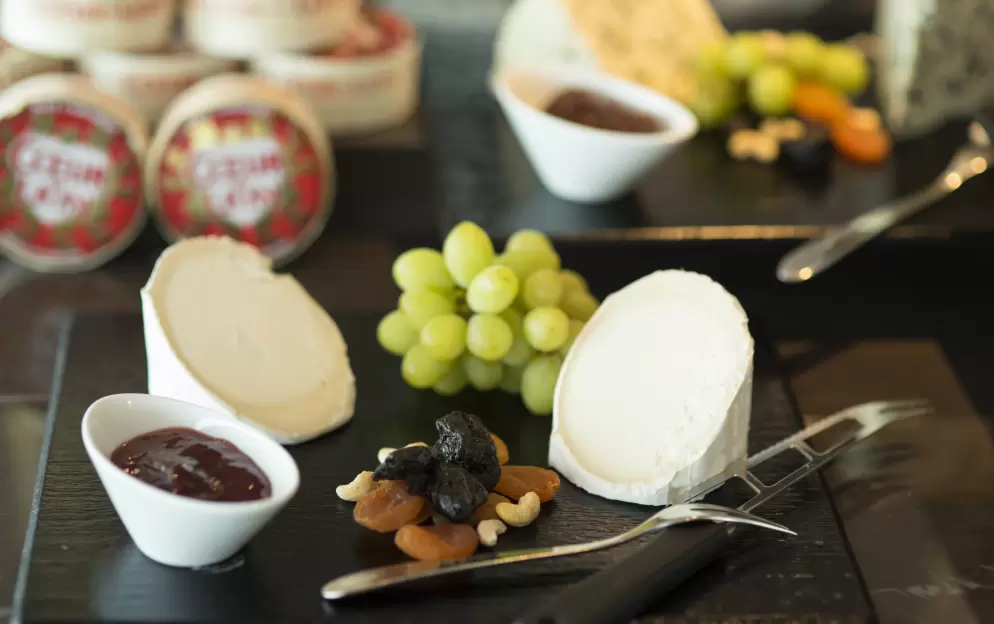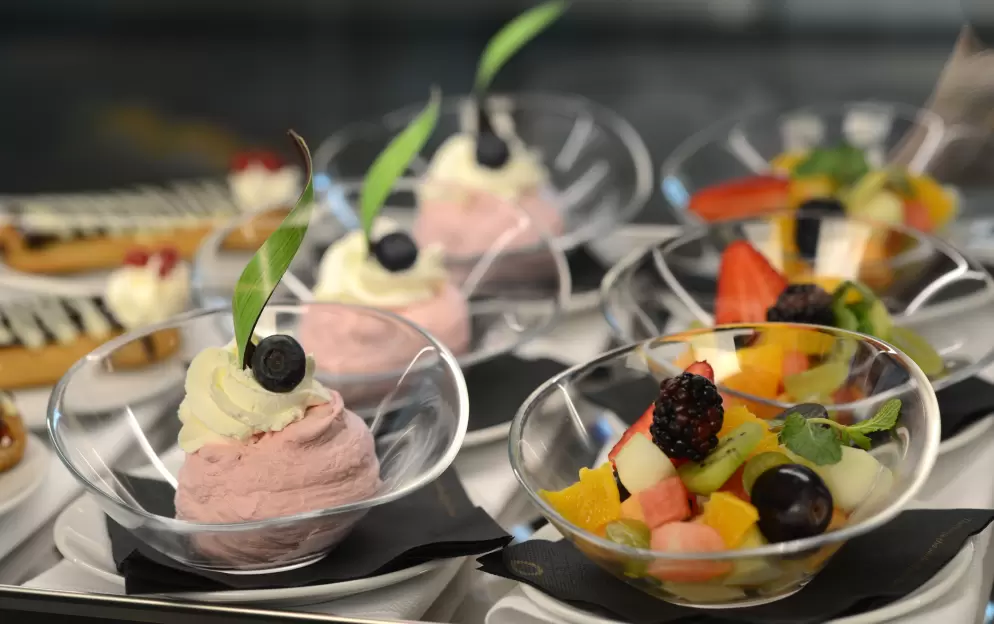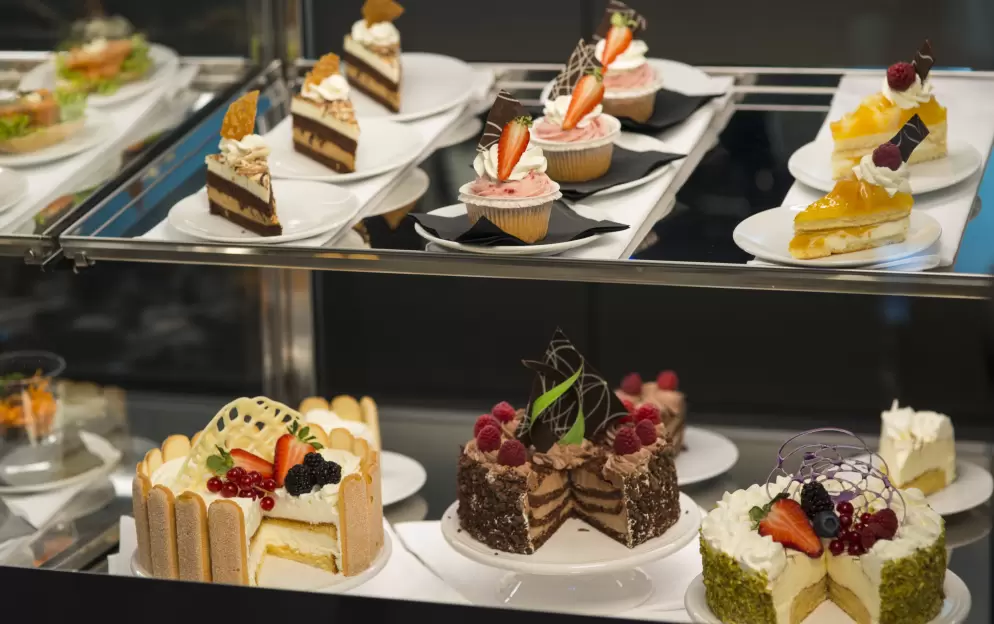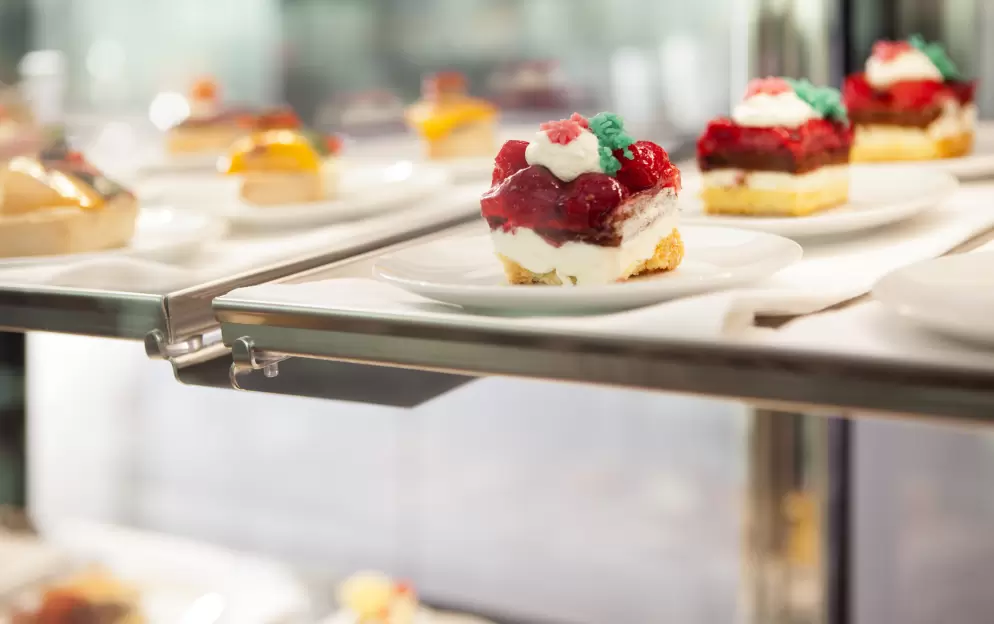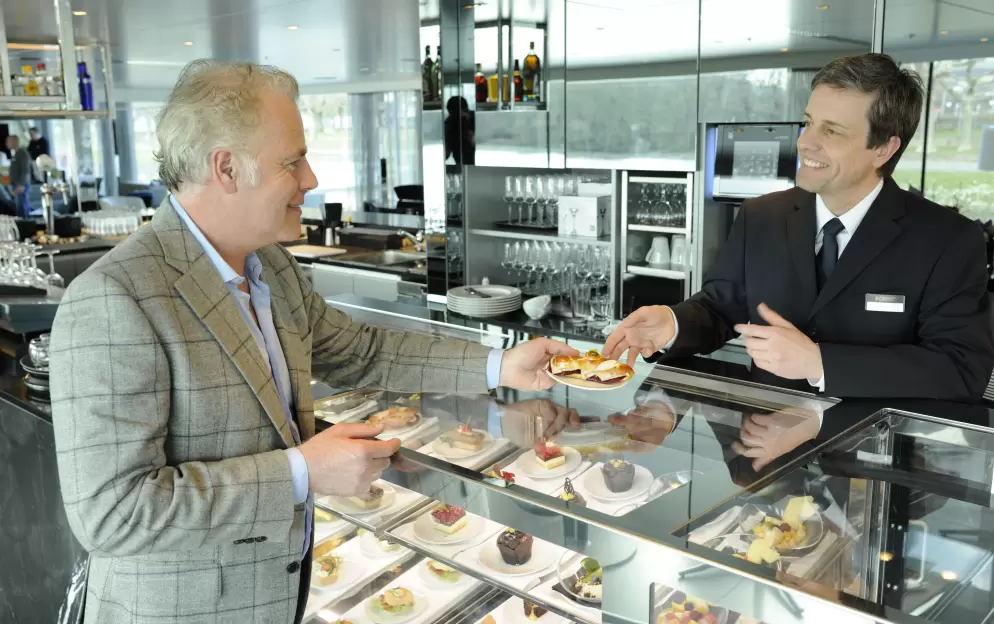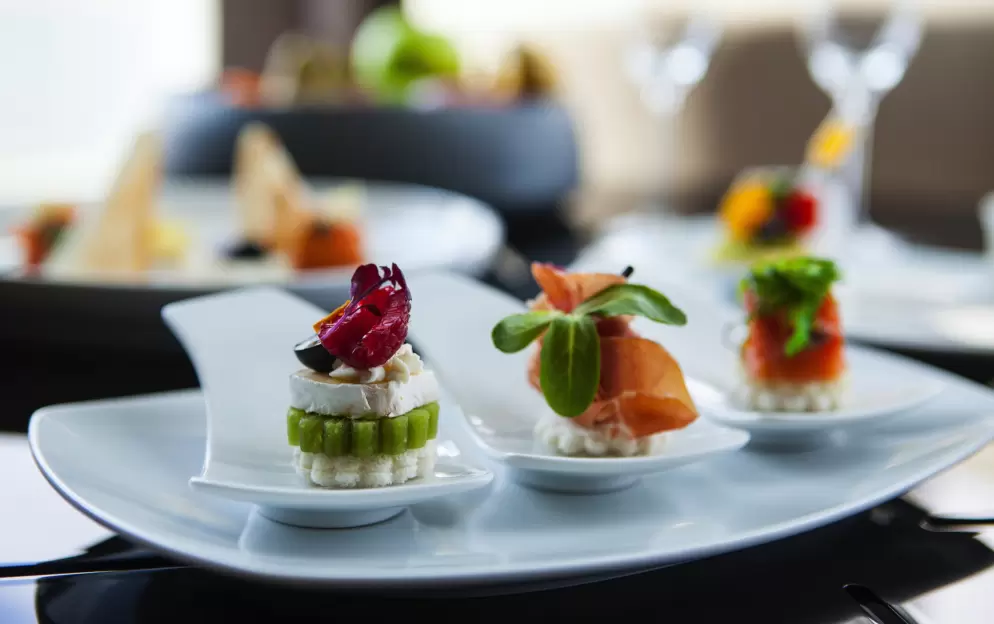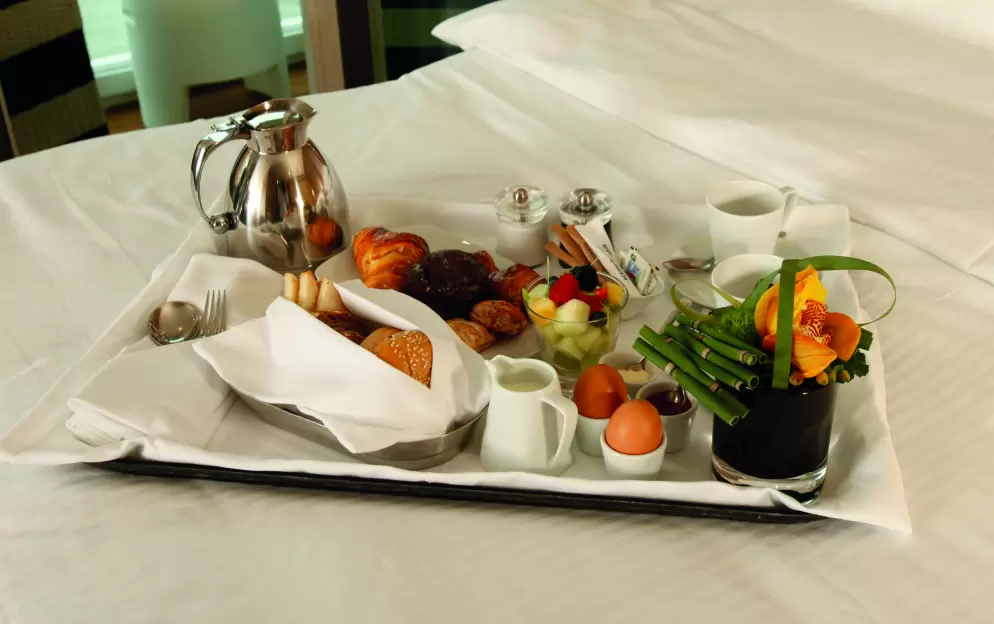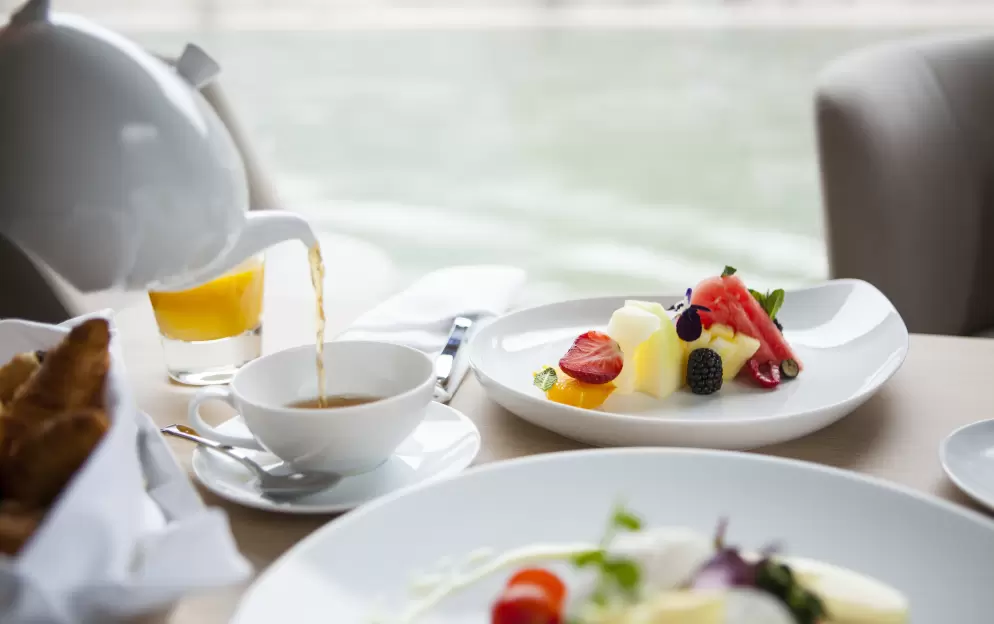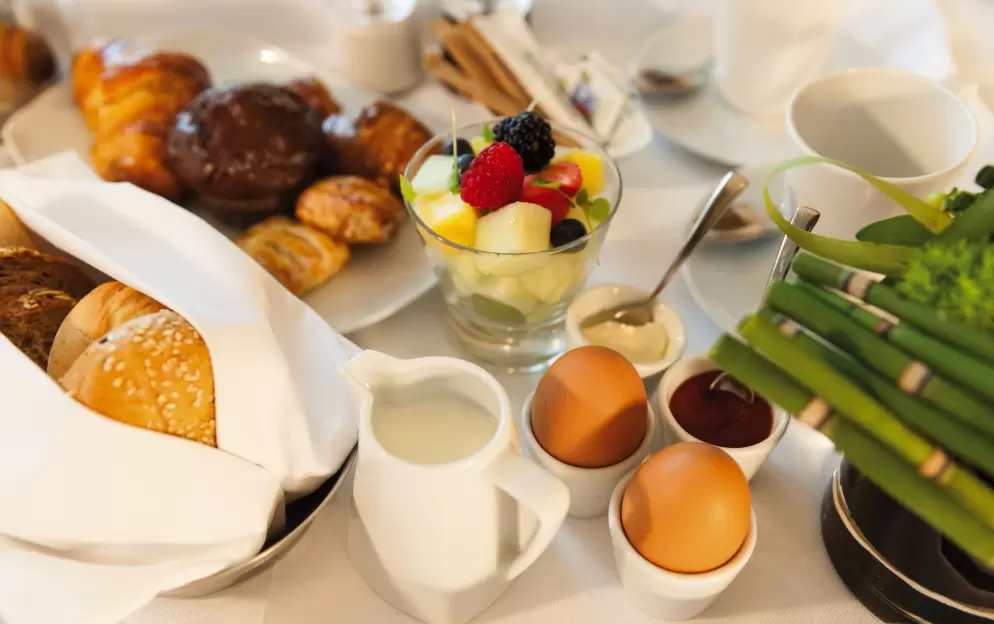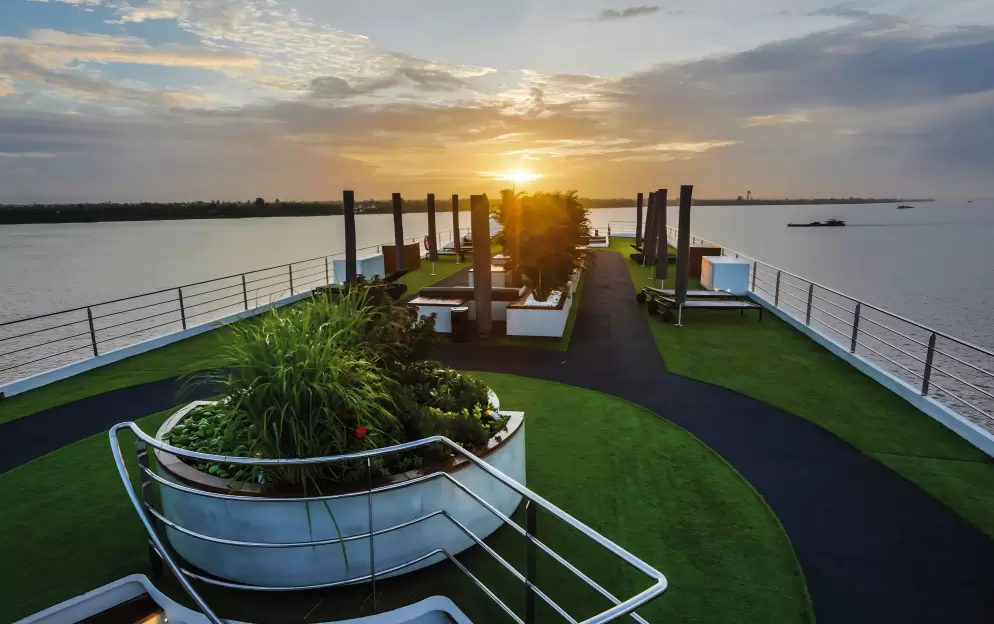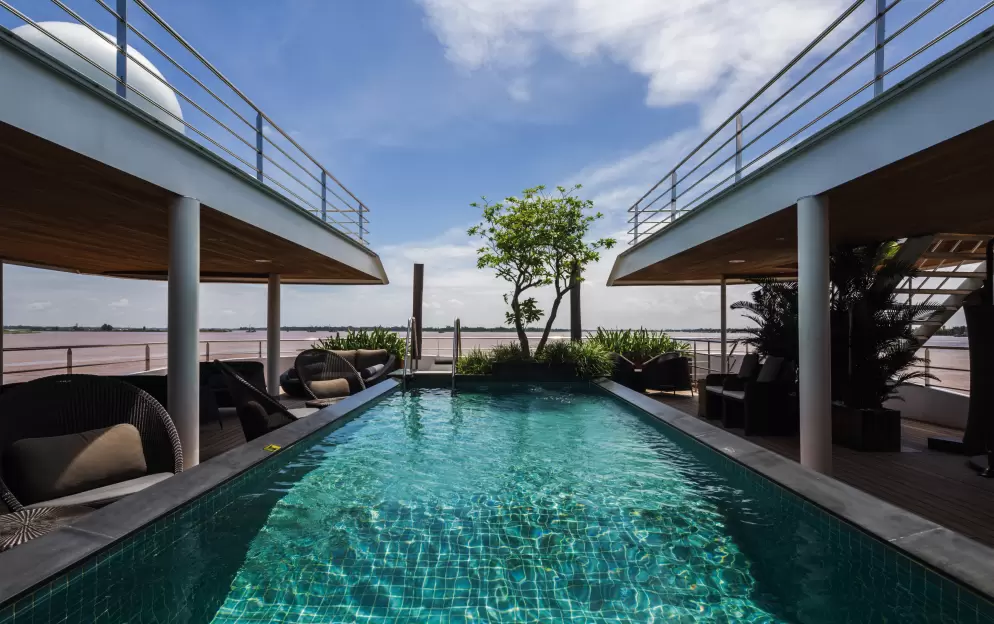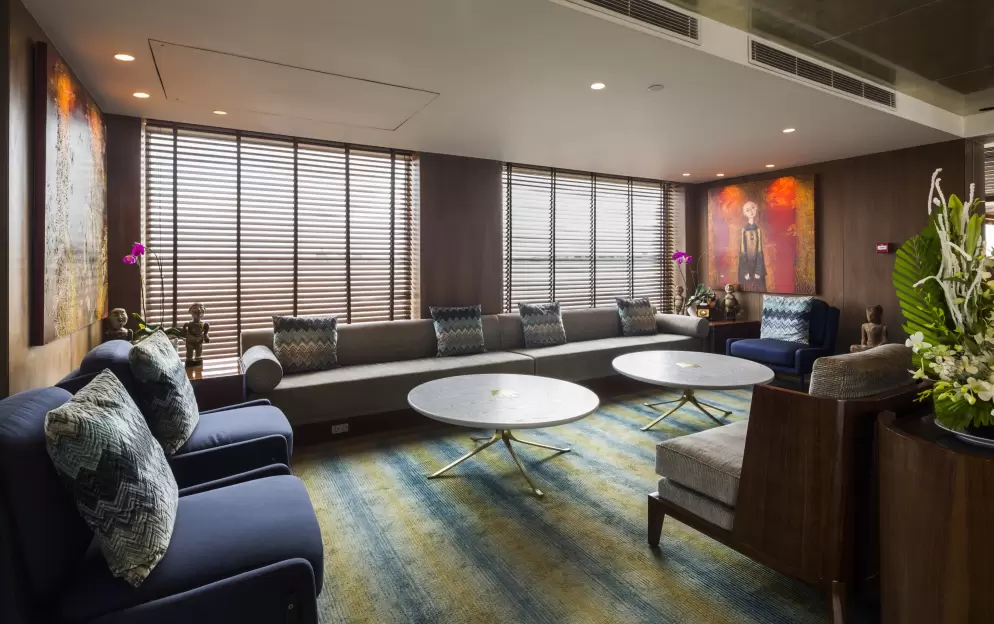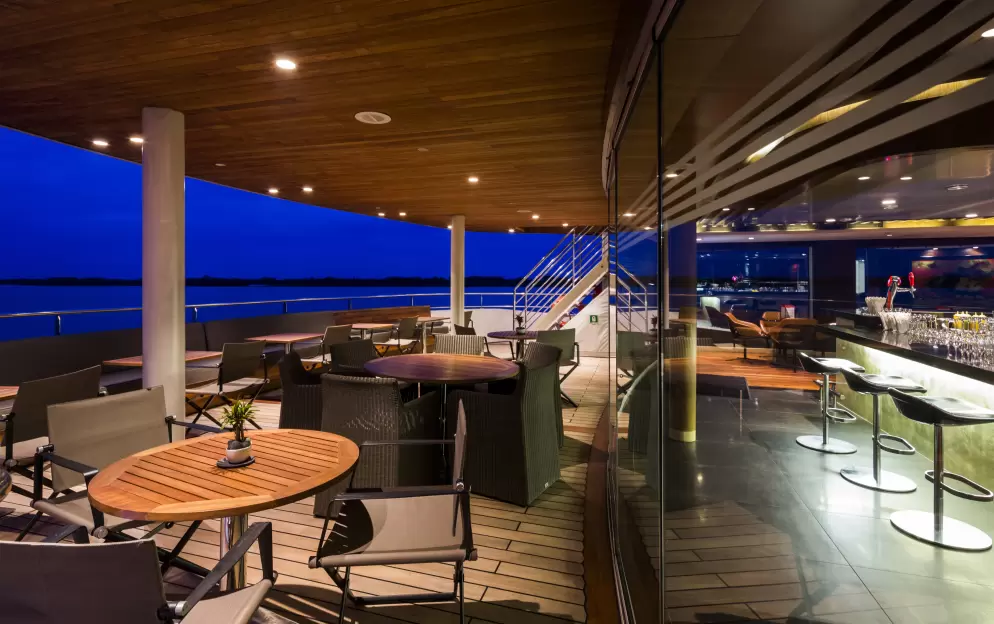After breakfast, travel to the Cu Chi Tunnels and spend the morning learning about the development and establishment of this hidden covered tunnel network that the Viet Cong soldiers hid in for months on end. Return to the city for a Pho lunch with the remainder of the afternoon at leisure.
Scenic Freechoice Dining:
Tonight, choose your Scenic Free Choice dining option from an exhilarating Vespa ride at night as your experienced driver winds in and out the hectic traffic of the streets, stopping at all the best local spots for the most scrumptious Vietnamese cuisines. Sample the best authentic street food and an unlimited supply of drinks and eating however much your stomach desires.
Alternatively, dine at Mandarine Restaurant, designed in the style of the Hue imperial court serving individual Vietnamese dishes.
Or for something totally different dine at Noir Dining in the Dark, a restaurant dedicated to helping the blind and visually impaired community.
Other choices include experiencing the street food and bars of Saigon on a Vintage Jeep or enjoying the offerings at Buffet 19 at your hotel.
Romantically referred to by the French as the Pearl of the Orient, Ho Chi Minh City today is a super-charged city of sensory overload. Motorbikes zoom day and night along the wide boulevards, through the narrow back alleys and past vendors pushing handcarts hawking goods of all descriptions. Still called Saigon by most residents, this is Vietnam's largest city and the engine driving the country's current economic resurgence, but despite its frenetic pace, it's a friendlier place than Hanoi and locals will tell you the food—simple, tasty, and incorporating many fresh herbs—is infinitely better than in the capital.This is a city full of surprises. The madness of the city's traffic—witness the oddball things that are transported on the back of motorcycles—is countered by tranquil pagodas, peaceful parks, quirky coffee shops, and whole neighborhoods hidden down tiny alleyways, although some of these quiet spots can be difficult to track down. Life in Ho Chi Minh City is lived in public: on the back of motorcycles, on the sidewalks, and in the parks. Even when its residents are at home, they're still on display. With many living rooms opening onto the street, grandmothers napping, babies being rocked, and food being prepared, are all in full view of passersby.Icons of the past endure in the midst of the city’s headlong rush into capitalism. The Hotel Continental, immortalized in Graham Greene's The Quiet American, continues to stand on the corner of old Indochina's most famous thoroughfare, the rue Catinat, known to American G.I.s during the Vietnam War as Tu Do (Freedom) Street and renamed Dong Khoi (Uprising) Street by the Communists. The city still has its ornate opera house and its old French city hall, the Hôtel de Ville. The broad colonial boulevards leading to the Saigon River and the gracious stucco villas are other remnants of the French colonial presence. Grisly reminders of the more recent past can be seen at the city's war-related museums. Residents, however, prefer to look forward rather than back and are often perplexed by tourists' fascination with a war that ended 40 years ago.The Chinese influence on the country is still very much in evidence in the Cholon district, the city's Chinatown, but the modern office towers and international hotels that mark the skyline symbolize Vietnam's fixation on the future.












